European states yield to US pressure of ‘unreasonable’ military spending hike
NATO member countries have pledged to nearly triple their military spending under pressure from US President Donald Trump, deepening militarization across Europe despite ongoing social and economic strains.
The decision was made during a NATO summit in The Hague, where European leaders met with the US president.
European leaders acknowledge that most countries can ill-afford increased military spending, yet they have committed to investing “5 percent of GDP annually in core defense needs as well as related security expenditures by 2035 to meet individual and collective obligations.”
The plan comes at a time when many European countries are heavily indebted and still recovering from previous economic setbacks.
While wealthier nations like Germany have welcomed the initiative, Spain has criticized the deadline as “unreasonable.” Spanish Prime Minister Pedro Sánchez called the goal “incompatible with our welfare state.”
Belgium has similarly indicated it will not meet the target.
Slovakia, facing significant budgetary pressures from the military build-up, has also resisted the goal, asserting its right to determine its own spending.
To increase military spending from the current 2 percent to the 5 percent threshold, European Union countries whose debt already exceeds 80 percent of GDP would collectively need to nearly triple last year’s military expenditure of 325 billion euros ($377 billion) to over 900 billion euros.
Britain, with debt equal to 100 percent of its GDP and already spending more on debt servicing than on any other budget item, would need to increase military spending by an additional 41 billion US dollars.
European leaders recognize that the planned boost in military spending will demand “unpalatable sacrifices in national budgets.”
Experts have voiced concerns about the plan’s feasibility, adding that Europe's sole aim in making such a decision is to appease the US.
Iran expects slight increase in domestic wheat purchases
France and allies weigh response to possible US invasion of Greenland
Israel approves over 3,400 settler units in occupied East al-Quds
VIDEO | South Africans demand release of UK Palestine Action activists
Israel kills one, injures another in new airstrike on southern Lebanon
VIDEO | South Koreans demand end to US imperialism
‘Outright piracy’: Moscow slams US seizure of Russian-flagged oil tanker in North Atlantic
China expected to raise Iran oil imports amid Venezuela tensions: Report


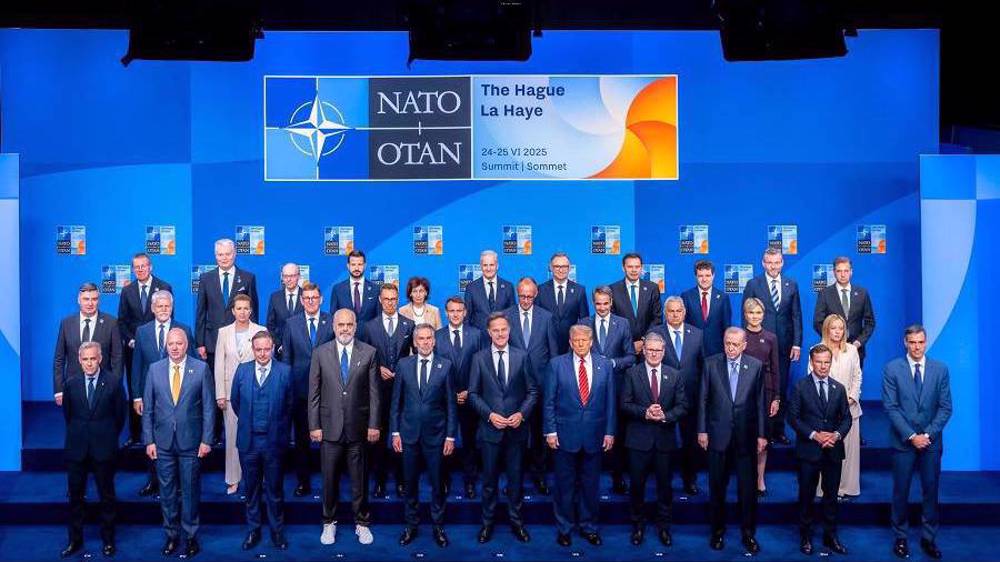
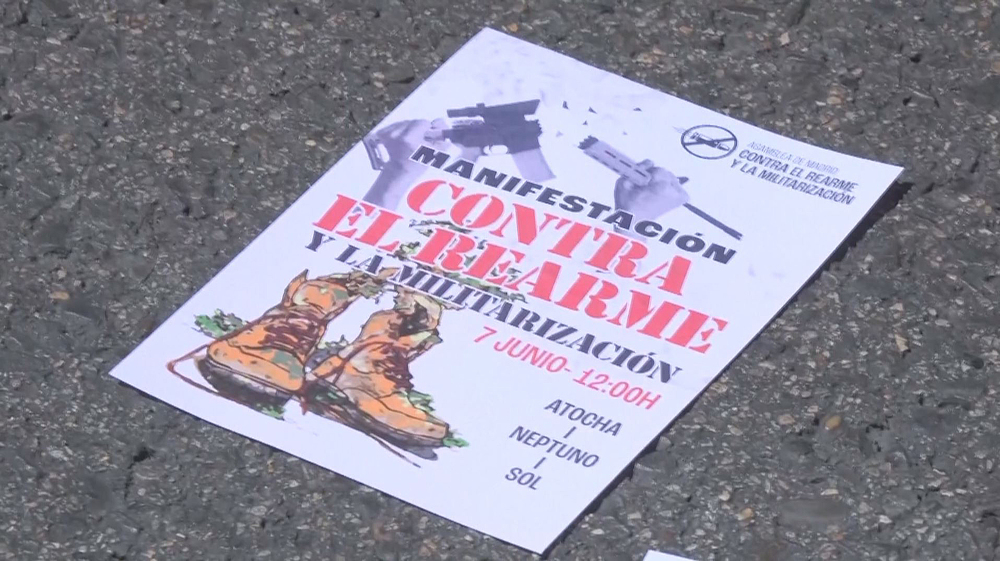






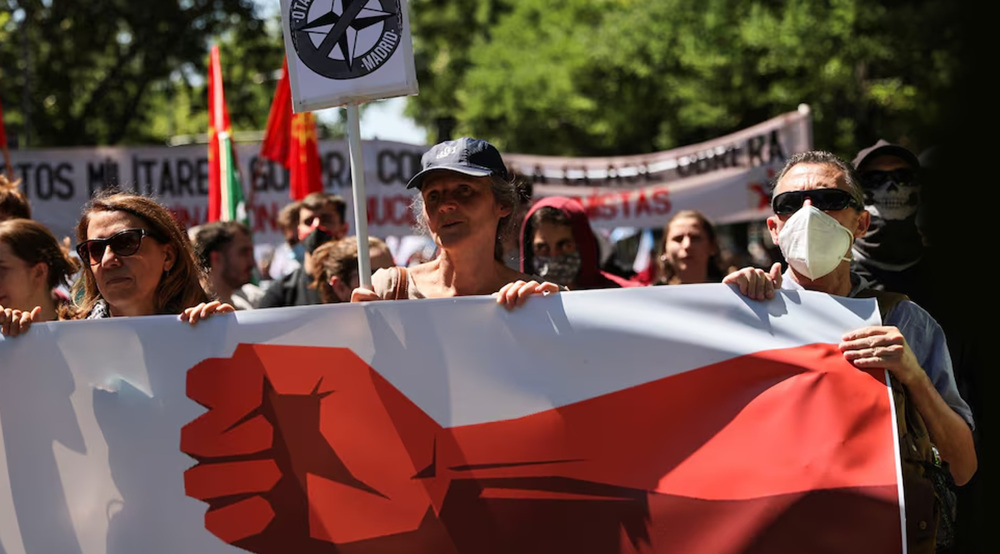
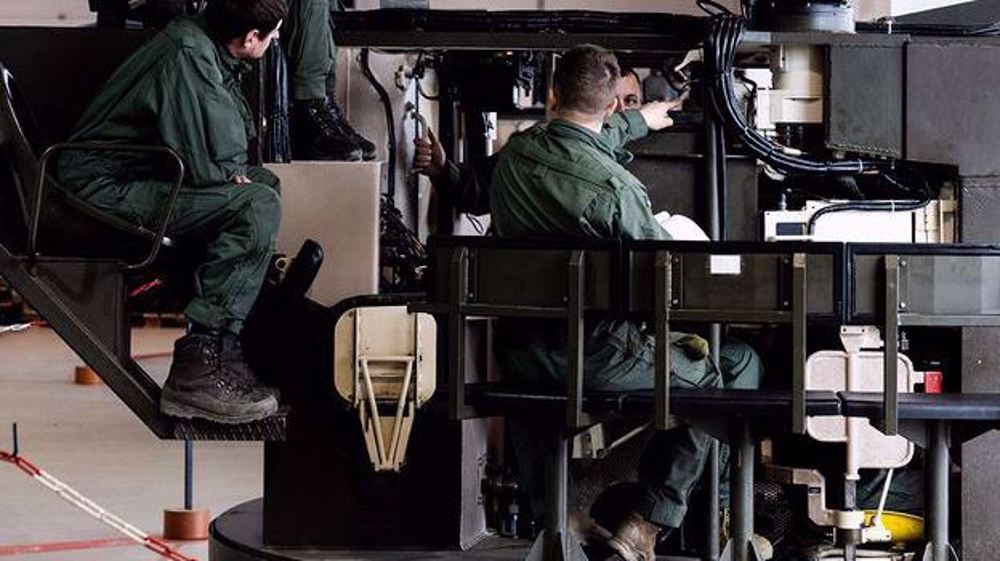
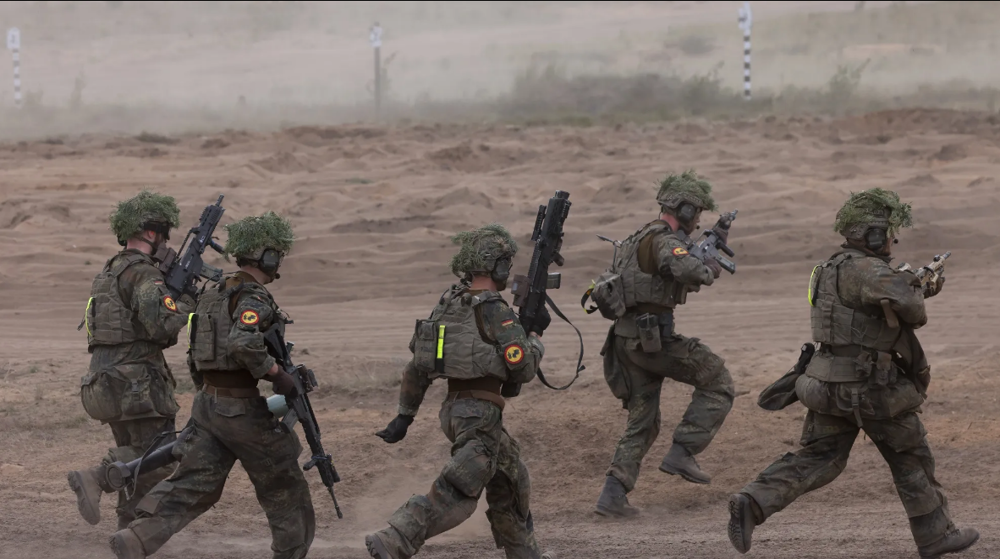
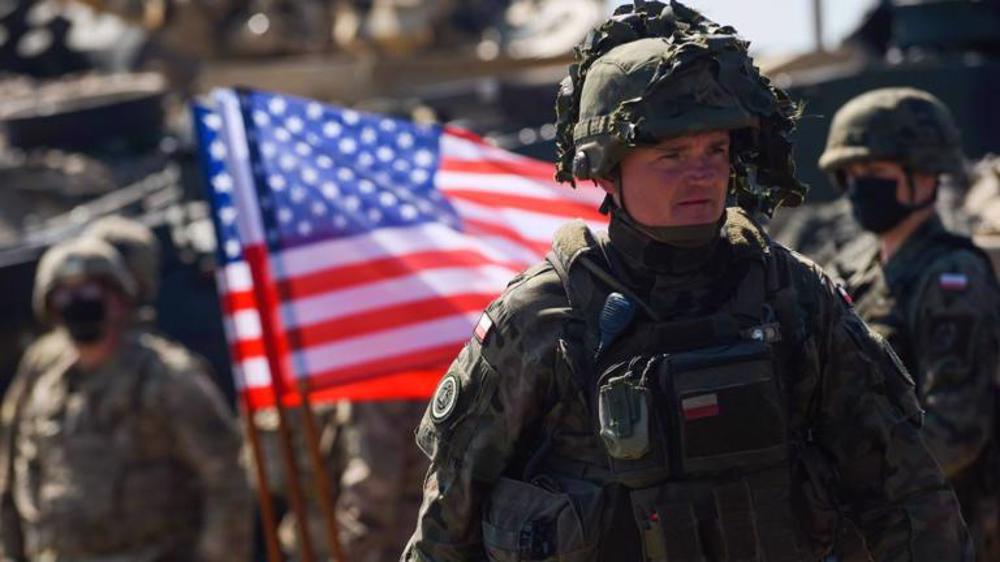

 This makes it easy to access the Press TV website
This makes it easy to access the Press TV website